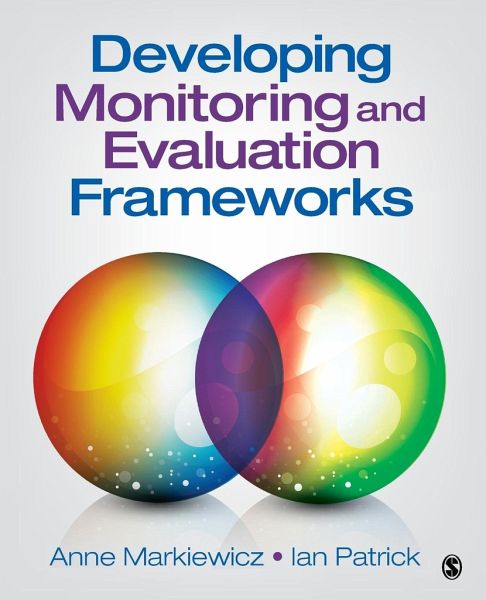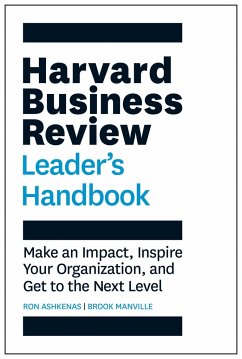
Developing Monitoring and Evaluation Frameworks
Versandkostenfrei!
Versandfertig in 1-2 Wochen

PAYBACK Punkte
35 °P sammeln!




Provides clear, step-by-step guidance on how to develop a monitoring and evaluation framework in a participatory, logical, systematic, and integrated way
Anne Markiewicz is an independent evaluation consultant and the Director of Anne Markiewicz and Associates. Commencing her professional career a social worker, Anne held academic positions in Social Work at two Australian Universities. In 1997, Anne pursued her interest in evaluation and commenced working as an independent consultant. In 2000, she completed a Master of Education in Program Evaluation at the University of Melbourne. Since that time, Anne has completed a significant number of evaluation projects for a range of Australian government departments, non-government organizations and international agencies. She has specialized in evaluating programs with social justice objectives. Anne's practice as an evaluator has highlighted the need for early evaluation planning to provide a clear and agreed focus, ensure data availability and support the production of credible evaluations. She has increasingly focused on the development of Monitoring and Evaluation Frameworks for a range of clients. She has designed and delivered an array of related training programs, which also encompass areas such as stakeholder engagement, negotiation and evaluation reporting. This training has been delivered extensively in Australasia, particularly within Australia and Papua New Guinea. Anne has a commitment to evaluation capacity building and has provided mentoring support to a range of government and non-government organizations. Anne is a past board member of the Australasian Evaluation Society, holding positions of Secretary and Vice President. She has received two awards for excellence in evaluation from the Australasian Evaluation Society. These were the 'Indigenous Evaluation Award' (2008) for an evaluation completed with the Australian Department of Finance and Deregulation, and the 'Outstanding Contribution to Evaluation Award' (2013). Anne has published articles on the political context to evaluation, balancing stakeholder interests in evaluation and the evaluation of programs for Indigenous Australians.
Produktdetails
- Verlag: SAGE Publications Inc
- Seitenzahl: 312
- Erscheinungstermin: 15. Juli 2015
- Englisch
- Abmessung: 235mm x 191mm x 17mm
- Gewicht: 566g
- ISBN-13: 9781483358338
- ISBN-10: 148335833X
- Artikelnr.: 42528242
Herstellerkennzeichnung
Libri GmbH
Europaallee 1
36244 Bad Hersfeld
gpsr@libri.de
Für dieses Produkt wurde noch keine Bewertung abgegeben. Wir würden uns sehr freuen, wenn du die erste Bewertung schreibst!
Eine Bewertung schreiben
Eine Bewertung schreiben
Andere Kunden interessierten sich für













